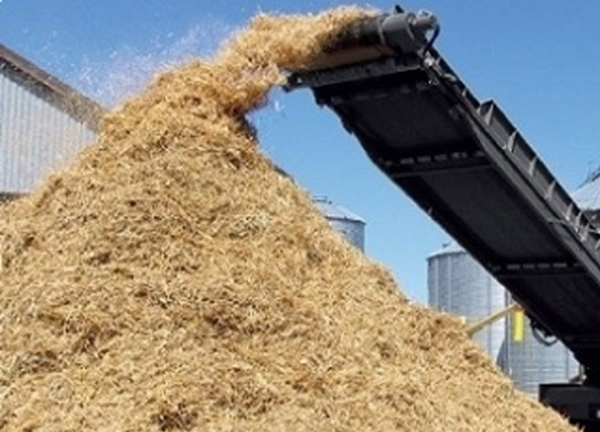
Sweden is a small country, with a population of about 9 million people, where everyone knows what another does. The country is located in North Europe, and has the territory of 1600 km in the north-south part; the density of population is not large. There are a lot of forests in Sweden, active wood management, focused on saving the balance between the efficiency and the environment. Bioenergy is integrated into wood management and developed woodworking. There is a great need of heat in the country, and alone with developed heating services, it is a great opportunity for heat generation increase and biomass electricity. The country is facing a number of an environmental challenges, which have a direct impact on corporate activities, moreover it has been developed a general opinion of how to contribute to Earth's sustainability.
By 2020, Sweden is not to use oil for heating houses and offices, and transportation should reduce petrol and diesel consumption by in 40-50%. The Committee Against Oil Exploration (Oil Committee) calculated and concluded, that in 2020 Sweden will use 40% more biofuels, then in 2005, and till 2060 - in twice or even more (in comparison with 2006). One of the purposes, set by the Committee, is to lead a number of transport fuel from a local biomass by 2020 to 12-14 TWhr (in 2005 it was produced 2 TWhr).
Biofuel market is to grow in the future. But now Sweden imports more biomass, than exports. But as the demand in the other countries grows, it can take quick change.
Raw wastes lumber and pulp and paper industry are used for pellet and motor-fuel production or burned in the form of woodchips in heating rooms or combined heat and power (CHP).
Electricity generation on biofuels has increased more than twice from 2002 to 2010, based mostly on CHP, both in residential and industrial sector.
Electricity generation growth based on RES in Sweden is promoted by the system of electrical "green" certificates, implemented in 2003, that was a motivation for building biofuel CHP. Only in 2010, in Stockholm two CHP were brought into production (Igelsta: 200 LFT and 85 LFT, chip fuel and Yurdbu: 83 LFT and 20 LFT, chip fuel), the one is in Umea (Dova 2: 75 LFT and 30 LFT, chip fuel, bark, wood scrap, peat) and other.
At large CHP, the possibility of large-scale biofuel gasification is studied. But inefficient solid-fuel combustion in boilers and electrical energy producing in Renkin’s steam-turbine cycle is still used. Gasification will allow to use gas-steam cycle, increase efficiency coefficient, reduce metal intensity and cut greenhouse emissions.
The use of refined wood fuel - pellets is growing both in boiler-rooms and CHP, as for villas heating. It is supposed to use for villas heating, 770000 ton of pellets in 2010 and 800000 – in 2011.
Pellet market (ton/year) increased from 493793 (1997) to 1918000 (2009), in 2010 it produced 2190000 in the plane and 2500000 in 2011. Pellet import/export is also increasing: 430389/88212 (2009); 480000/75000 (2010); 500000/75000 (2011).
Today more that 80 factories are on stream, 36 of them provide 98% of pellet national production, 15 of them have a production of more 50000 ton/year. Product cost is 50% of pellet prime cost, materials drying - is about 20%, that is why it is very important to optimize production process, for example, with the use of two-level drying with heat return and torrefication.
